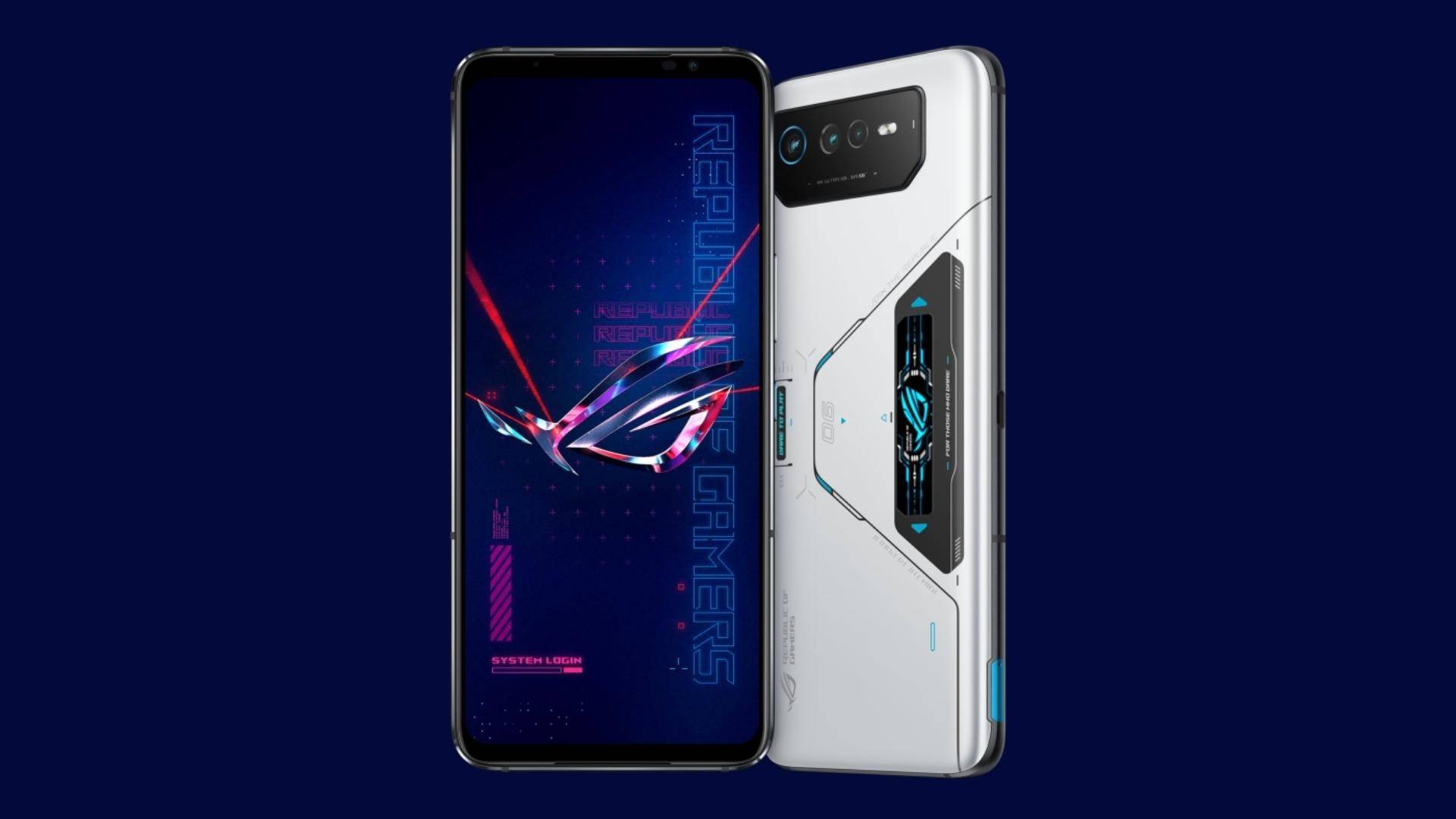
Gaming phones are a gimmick – at least, that’s what I thought before I took the nubia REDMAGIC 7 Pro for a spin. They’re great devices for power users and hardcore gamers, but they fail to excite me and grab my attention. They’re a great representation of what’s possible when you push the current technology to the maximum, but they’re easily predictable.
Every year, OEMs focus on improving the thermals, and the new hardware usually packs the latest and most powerful SoC on the market. Toss in a few gaming features and RGB lights, and seemingly you have the perfect product to market as a gaming smartphone. They’re great for some people, but they could be better.
Don’t get me wrong, I love innovation, and I love playing games on dedicated gaming hardware as they tend to offer sustainable performance during long hours of playing sessions. The experience and the performance are unmatched, compared to traditional high-end, flagship phones. However, they’re not as exciting as they once used to be.
Let’s take a look at a promising device that failed terribly. The Sony Ericcson Xperia PLAY. It had a unique form factor, and dedicated gaming controls. While many thought it was a gimmick, it took on the PSP Go and was promising. It stood out, even though it didn’t have fancy RGB lights, no sight of a flagship SoC, and high-refresh-rate displays. It was ahead of its time, yet I still believe it could’ve been successful – if it was re-released a few years later.
Let’s take a look at the more recent ASUS ROG Phone 6. It packs the latest and highest-end chipset from Qualcomm, it has the highest refresh rate display on the market, and there are great thermals and gaming-oriented features. Yet, it doesn’t excite me because it features the traditional form factor.

You might argue that it’s acceptable and convenient – since there’s no point in reinventing the wheel – when the current design and form factor works as expected. Still, there are multiple ways these devices can be more entertaining and better tailored to gamers. For example, we could have foldable gaming devices.
Here's why foldable gaming smartphones make a lot of sense
I’ve been using the Galaxy Z Fold 3 since the end of August 2021, and even though I enjoyed my experience with the nubia REDMAGIC 7 Pro, I liked playing games more on the Fold. The reason is simple, the performance was good enough that it didn’t throttle over a 2-hour Diablo session, and the larger screen was far more satisfying. I also covered up less of the screen due to the size.
The placement of the speakers in landscape orientation meant that I didn’t block the stereo speakers on either side, which provided a more gratifying session, since I often prefer gaming using stereo speakers. However, I know that the 3.5mm headphone jack is still crucial to many gamers, but that’s something you can quickly solve with a dongle, or wireless headphones and earbuds. In case you're interested, we have an excellent list featuring the best wireless earbuds.

Regardless of price, if I was given an option to pick between a gaming smartphone or a foldable, I would choose the foldable. Folding phones are heavier and much larger, but they offer more out-of-the-box, making you want to do more. Gaming phones specialize and focus too much on gaming, and while I understand there is a market for them, they should do more than that. They should stand out more. RGB, shoulder triggers, and fan controls may appeal to a younger audience and those who want more power, but that’s not enough.
The performance can be sustained longer on gaming phones due to their thermal design and physical fan, but let’s imagine a foldable gaming smartphone. Perhaps something similar to the OPPO Find N, since it has a more user-friendly and larger external display.
In a closed state, the phone would operate as… you guessed it, a traditional smartphone. It would be excellent for using social media, browsing the web, and doing things you usually do on a smartphone. Once unfolded, the user could be prompted to turn on gaming mode, enabling the shoulder buttons on the back of the device. The larger display would offer more screen estate to enjoy graphics-intensive titles, and as a result, it would be more immersive and entertaining. The larger footprint could also help spread the heat, making it sustain higher performance for a more extended period.
Many gaming phones don’t have any protection against water, but Samsung proved that it’s possible on the Z Fold 3. Even if these foldable gaming devices didn’t have an IP rating, they could be more enjoyable for long gaming sessions and offer the ultimate performance and entertainment experience. They’re smaller and more compact than tablets, and the technology is already there to make them a viable product.
As the price slowly decreases for foldable phones, they will become more accessible and affordable for many more people. I hope that a dedicated foldable gaming smartphone will surface in the next few years, offering a more enchanting and unique experience.
Do you think foldable gaming smartphones would offer a better gaming experience, compared to traditional smartphone designs? Let us know in the comments!

Samsung Galaxy Z Fold 3
The Samsung Galaxy Z Fold 3 5G is the latest foldable flagship from Samsung. It has an IPX8 certificate, supports the S Pen, and comes with the powerful Snapdragon 888 chipset.
Foldables trump gaming phones, here’s why - Pocketnow
Read More

No comments:
Post a Comment